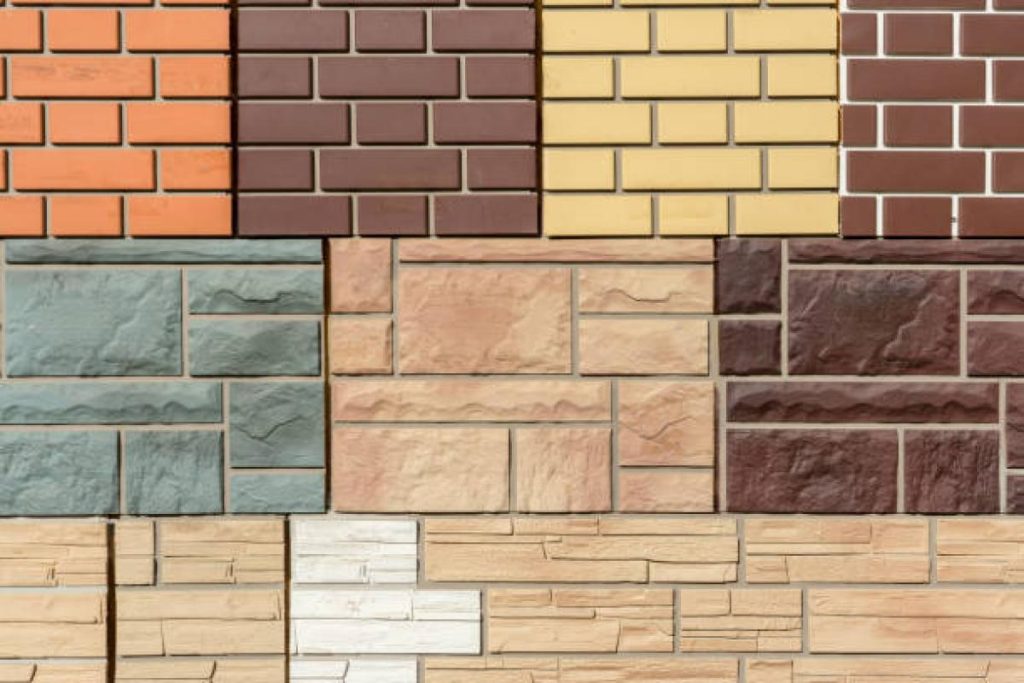Wall cladding is an essential component of both residential and commercial construction. It involves applying a material to the outer surface of a building, providing not only aesthetic appeal but also functional advantages. The primary purpose of cladding is to protect the structure from external elements like rain, wind, and temperature fluctuations. The addition of cladding can significantly enhance a building’s durability and energy efficiency.
One type of cladding that has gained popularity is outer wall cladding. It serves as a protective layer for the exterior, shielding the underlying structure from environmental stress. It helps maintain the building’s integrity, offering an array of materials and designs to suit different needs and preferences. This article will explore the various types of wall cladding, its benefits, and the materials used in construction.
Types of Wall Cladding Materials
The choice of material is crucial for achieving the desired look and functionality. The most common materials used for wall cladding include:
Wood Cladding
Wood offers a warm, natural look, fitting various architectural styles. Available in smooth or textured finishes, it can be treated for durability and is eco-friendly when sourced responsibly.
Metal Cladding
Aluminum and steel provide a sleek, modern appearance with high durability. Resistant to corrosion and weathering, metal cladding is low-maintenance and ideal for contemporary designs.
Stone Cladding
Stone delivers a luxurious, timeless aesthetic with excellent thermal insulation. While durable against harsh weather, it’s heavy and requires professional installation.
Vinyl Cladding
Affordable and lightweight, vinyl is easy to install and comes in multiple colors and textures. It resists moisture, prevents mold, and needs minimal upkeep, making it ideal for budget-friendly projects.
Fiber Cement Cladding
Fiber cement, which combines cement and cellulose fibers, is fireproof, moisture-resistant, and pest-proof. Available in wood-like finishes, it’s durable and low-maintenance for long-term use.
Benefits of Wall Cladding
Wall cladding provides several advantages that contribute to the overall value and functionality of a building. These benefits include:
- Enhanced Aesthetic Appeal: Wall cladding can completely transform a building’s appearance. Cladding adds visual interest to the exterior, whether it’s a traditional stone finish or a sleek metal design.
- Improved Insulation: The cladding layer is an additional barrier to heat, cold, and sound. This enhances the building’s energy efficiency, keeping it warmer in winter and cooler in summer.
- Protection from the Elements: Cladding shields the underlying structure from rain, wind, and UV rays, extending the lifespan of the building.
- Reduced Maintenance Costs: Certain materials, such as vinyl and metal, require minimal upkeep, reducing the need for frequent repairs.
- Increased Property Value: A well-clad building is often seen as more valuable due to its enhanced curb appeal and long-term durability.
Types of Wall Cladding Systems
Different cladding systems are used depending on the building’s requirements. Here are some common types:
1. Rainscreen Cladding
This system creates a ventilated gap between the cladding and the building structure, allowing moisture to escape. It improves insulation and prevents water damage.
2. Curtain Wall Cladding
Common in high-rise buildings, curtain wall cladding consists of lightweight aluminum frames with glass or metal panels. It provides a modern, sleek appearance while offering weather resistance.
3. Composite Cladding
Composite cladding combines different materials, such as wood and plastic, to enhance durability and aesthetics. It is often used in contemporary designs.
4. Tile Cladding
Ceramic or porcelain tiles are used for both interior and exterior cladding. They are resistant to moisture and easy to clean, making them ideal for kitchens and bathrooms.
Outer wall cladding serves as an essential protective layer for any building. It enhances the appearance, provides insulation, and safeguards the structure from environmental damage. Understanding the various materials available, their benefits and the installation process can help property owners make informed decisions. By selecting the right type of cladding, buildings can maintain their beauty, durability, and efficiency for years to come.

